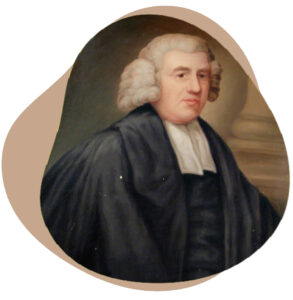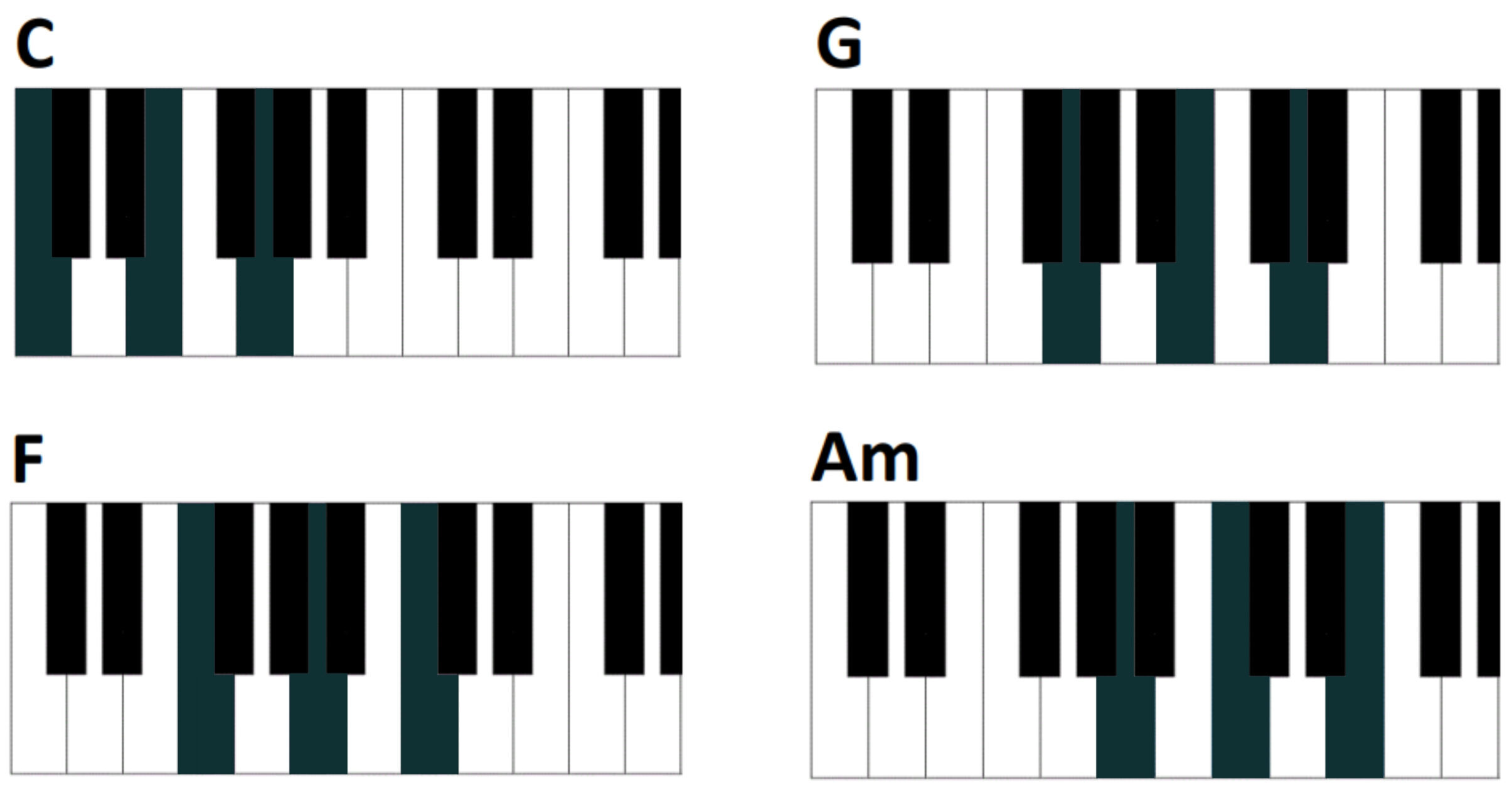
Did you know?
“Amazing Grace” was written by John Newton, a former slave ship captain who turned his life around and became a minister. The lyrics reflect his personal journey from guilt to redemption, giving even more depth to the line “I once was lost, but now am found.”
Few songs carry as much emotion and recognition as “Amazing Grace”. Whether you’ve heard it in a film, at a ceremony, or sung softly in a quiet moment, this timeless hymn reaches people across generations.
Originally written in the 1700s, “Amazing Grace” has become one of the most performed and beloved melodies in the world.
The melody moves step by step, without tricky rhythms or fast changes. This means beginners can focus on building confidence, control and expression. Even with just a few notes and basic chords, you’ll create a sound that’s full, familiar and deeply moving. Let’s start playing together with Skoove.
Video tutorial
Find the full beginner arrangement of “Amazing Grace” on piano. Start a free trial today!
“Amazing Grace” piano chords chart
Here are the chords for “Amazing Grace” in the key of C:

Each chord is played with the right hand using three fingers. Try this hand position:
- Thumb (1),
- Middle finger (3),
- Pinky (5).
Once you’re comfortable, these shapes will start to feel natural under your fingers. Let your left hand play a single bass note, just the root of each chord. For example, when you play the C major chord, your left hand plays a C note. Same for F, G and Am. This keeps your accompaniment simple but rich.
Lesson plan
Step 1: Listen to the song
Before you play a single note, listen to “Amazing Grace” a few times. Try humming along or tapping the beat (it’s in 3/4 time, like a waltz). This will help you internalize the phrasing and rhythm before adding any other steps.
Step 2: Get familiar with the “Amazing Grace” chords
Look at the chord chart for C, F, G and A minor (Am). Try playing each chord with your right hand using fingers 1–3–5 (thumb–middle–pinky). Practice switching between them smoothly. Then, try playing just the root notes in your left hand: C, F, G, and Am. This will build a strong harmonic foundation as you follow the melody with the chords. If you need any more help with this the Skoove app is always there to help!
Step 3: Practice the melody (right hand)
Now let’s try the melody in your right hand only. Use the letter notes as a guide and keep your hand in a comfortable position.
Step 4: Learn the left-hand part
With the chords and root notes under your fingers, try playing them in rhythm with the song. Start by holding one bass note per measure. For example, play C under “Amazing grace,” then switch to F under “how sweet,” and so on.
Step 5: Put hands together
Time to combine both hands! Start with the first phrase and work measure by measure. The video tutorial and the Skoove app can help here, using the built-in metronome and loop feature to repeat tricky spots until they feel natural.
Want to explore more?
If you had fun with this tutorial, there’s much more waiting for you inside the Skoove app. From interactive lessons to hundreds of beautiful songs you’ll get the support and structure to keep improving, at your own pace. Let’s get playing!
Author of this blog post:
Susana Pérez Posada

With over seven years in piano education and a deep passion for music therapy, Susana brings a unique blend of expertise to Skoove. A graduate in Music Therapy from SRH Hochschule Heidelberg and an experienced classical pianist from Universidad EAFIT, she infuses her teaching with a holistic approach that transcends traditional piano lessons. In her writings for Skoove, Susana combines her rich musical knowledge with engaging storytelling, enriching the learning experience for pianists of all levels. Away from the piano, she loves exploring new places and immersing herself in a good book, believing these diverse experiences enhance her creative teaching style.
Published by the Skoove team













